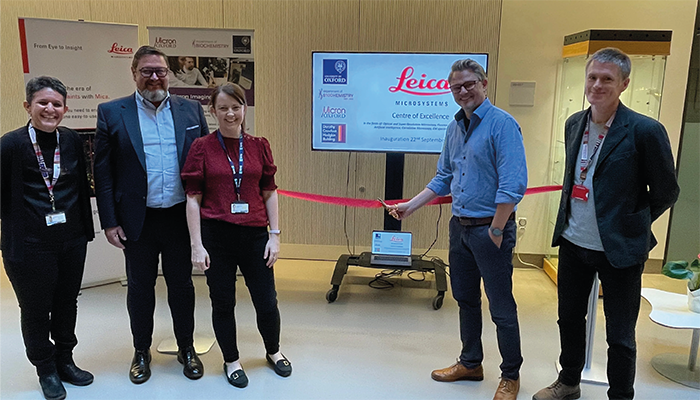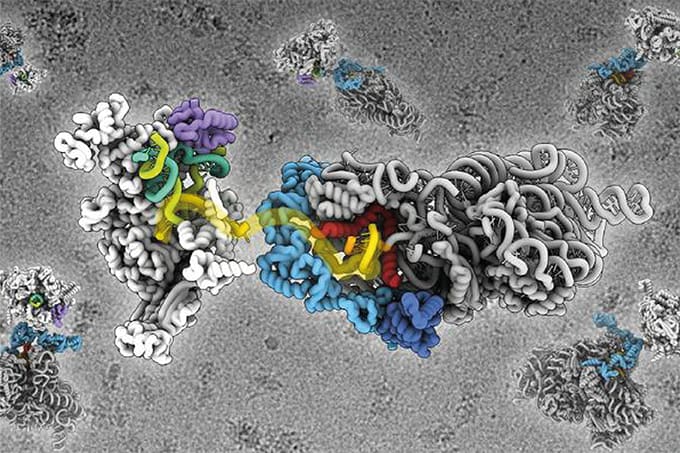Leica Microsystems has partnered with the Department of Biochemistry at The University of Oxford to launch a new “Centre of Excellence” for cutting-edge microscopy. Hosted by Oxford’s Micron Bioimaging Facility, the center will act as a hub for experts to share knowledge through workshops and seminars.
“We aim to accelerate scientific discoveries and inspire the next generation of scientists,” said Darin Stell, Senior VP Global Commercial Operations at Leica Microsystems in a press release.
To find out more, we spoke with Naomi Wills, Head of Microscopy Sales in the UK, and James O’Brien, Vice President Life Sciences and Applied Solutions, both at Leica Microsystems.

Credit: Leica Microsystems
What sparked the collaboration?
Wills: The University of Oxford is ranked in the top five institutes in the UK for life sciences, and is at the forefront of numerous research publications in various areas. Through conversations between the university’s Micron Bioimaging Facility and Leica leadership we discovered a shared motivation and vision for accelerating research by conducting experiments and collaborating on applications.
What is the overall aim of the new center?
Wills: To provide cutting edge technology in the form of instrumentation and software to the Micron Bioimaging Facility and researchers at The University of Oxford.
How important are partnerships between instrument manufacturers and academia – especially in the world of analytical science?
O’Brien: To keep up with the rate of change in the life science industry, we must partner with academia to understand the future needs of the research community and to innovate to serve those needs. Microscopy can be applied to a boundless number of research questions, and we cannot master all of these domains to understand how to serve them. By partnering with academic partners, we can have a closer relationship to understand the needs of these applications and what is going to be the next area of demand. Our relationships are also evolving to move into innovation with academic partners. The breakthroughs in microscopy technology are coming from academic research labs and I believe our role is to identify what can be used in a broad base and to industrialize these technologies so that they can be proliferated.
What are the biggest advances in microscopy from the past five-or-so years?
O’Brien: I would answer this question from two perspectives – technological advances and applications of technology.
The biggest technological advance has been in the utilization of artificial intelligence to interpret microscopy images. The biggest limiter to adoption of microscopy in life science laboratories has been to move the interpretation from the human eye to a scalable robust approach. The advances in computer vision, machine learning and computation capabilities over the last decade has accelerated the ability to autonomously derive insights from magnitudes of microscopy data.
The other big advance has been in the application of microscopy to new sample types and use cases. Observation in physiological conditions drives research to use larger 3D samples and live cells which drives us to evolve microscopy technology to accommodate those samples.
What are the big trends in microscopy in 2024?
O’Brien: We are living in the “Age of Biology” and microscopy is the technique for observing biology in its native context. Most analytical techniques require that the native state of the sample is disrupted (or dissociated). Microscopy allows the context to be maintained during observation.
How would you characterize the state of microscopy today?
O’Brien: I see microscopy at an inflection point. There is still a lot of expertise required to leverage the power of a microscopy and still many bottlenecks to manage the immense data generated and to convert this to insights. The bottlenecks are being overcome step by step – and that will lead to a future where growing utilization will drive new applications across research.




